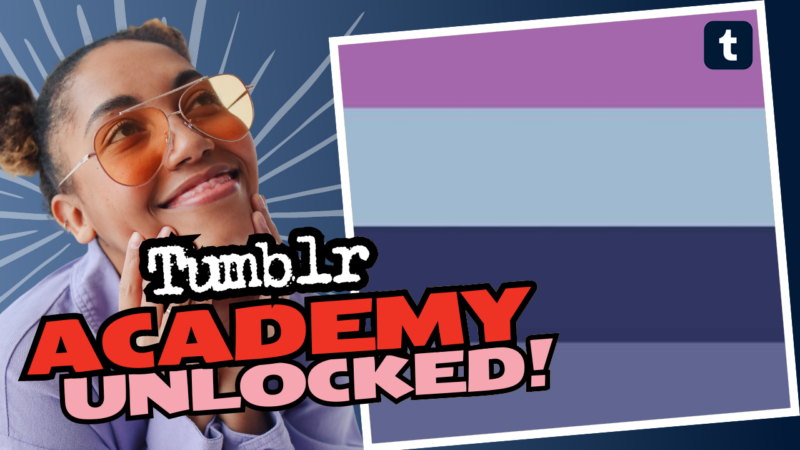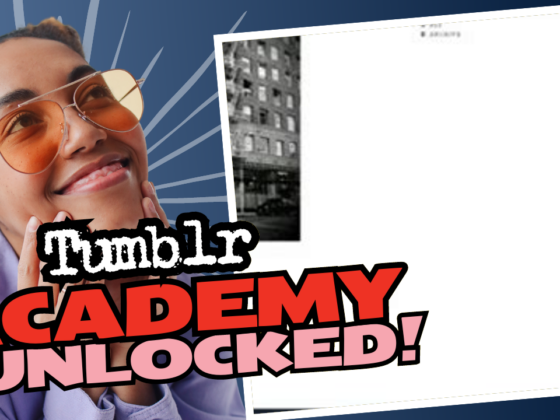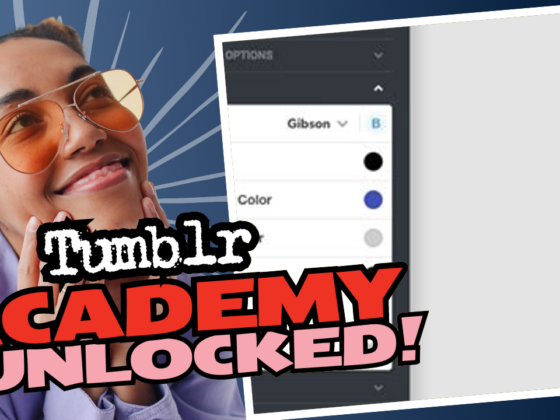Did the System Flag Tumblr? Let’s Dive into the Drama!
Welcome to the wild world of Dissociative Identity Disorder (DID) flags, where the colors are bright and the discourse can be downright insane! Seriously, it’s a social media soap opera you didn’t know you needed. At first glance, these flags might seem like friendly identifiers for systems, but oh boy, there’s more baggage here than at a crowded airport. Buckle up, readers, because we’re about to navigate through the miscommunication, the drama, and the symbols that attempt to unite (or divide) us!
First off, let’s address the elephant in the room: the system flags. Many folks in the community hold on to certain flags tightly, but can we agree on what they mean? Nah! It’s like trying to pick a favorite child – good luck with that! Take the DID flag, for instance; it often gets used by exclusionists, which is *not* particularly inviting. Oh, and did I mention one of the flags was created by a self-admitted… wait for it… pedophile? Yeah, that’s a red flag no one wants to wave.
So, if you want to fly a banner that won’t send people running for the hills, consider the plural rings symbol, which has been around since 2011! This beauty not only predates most flags but also comes with less drama attached. Want the juicy details? Head to this link to get the complete backstory. This symbol is so widely recognized that it has pretty much become the unofficial mascot of plural systems!
Let’s talk about the other alternatives. The ampersand symbol (&) is the underdog hero of system identifiers. Not only does this beauty slip into your social media bios like it was born there, but it has also become a go-to option for breaking from the flag chaos. Who knew punctuation could be so powerful?
Now, don’t get me wrong; there are other flags out there. Some of them are genuinely pretty. Take the neurogenic system flag (pink and purple – that’s right, we’re talking about aesthetics here), or the traumagenic flag (blue and yellow). However, most of these flags suffer from the dreaded ‘this flag looks like every other flag syndrome’. You know the type – tough to recognize and easy to confuse with its friends. It’s like having a party where everyone shows up in the same outfit. Embarrassing, right?
Many people in the community lament the multiple flags that seem to divide rather than unite. This fragmentation can easily lead to confusion, with most people not even grasping what flag you are waving without a glorious explanation of what it represents. One minute you think you’ve found your tribemates, and the next thing you know, you’re Googling flag meanings like a person lost in a forest. Spoiler alert: it’s exhausting.
For those seeking simpler identifiers, old-school symbols like the overlapping circles (which you can check out in this image) are still in vogue. They convey the essence of plurality without needing a Master’s Degree in flagology. The circles have been a staple in the community, and they’re as recognizable as your favorite pizza topping – now that’s saying something!
So what’s the deal with all these flags? Honestly, they’re a mixed bag of good intentions gone haywire. The flags were often created by smaller online groups without a collective agreement, which is why no one can really seem to figure out what they all mean. The functionality of a flag should be to unify people, not create factions. Unfortunately, it seems like we’re stuck with these colored rags waving about, standing for individual interpretations rather than collective acknowledgment.
If you need further help or want to embark on a treasure hunt for more DID and system flag resources, don’t hesitate to connect with us. We’re here to cut through the chaos and help you navigate this colorful—but sometimes confusing—community. Join us and let’s figure out this flag situation together!









